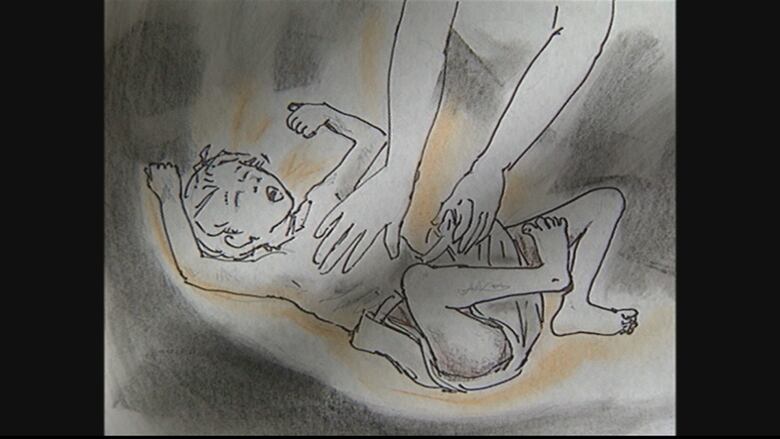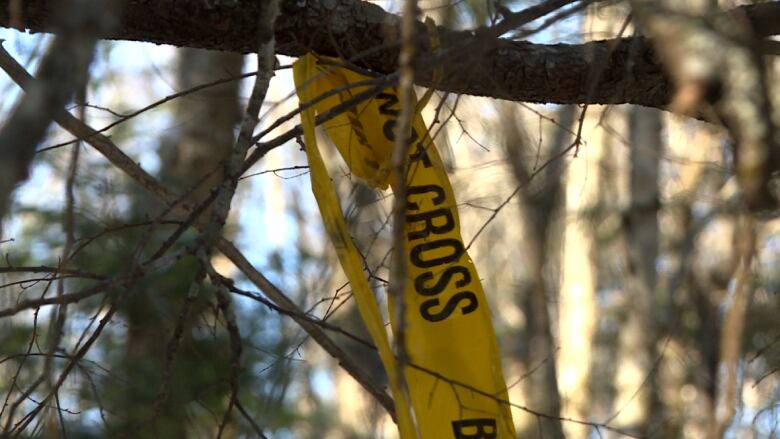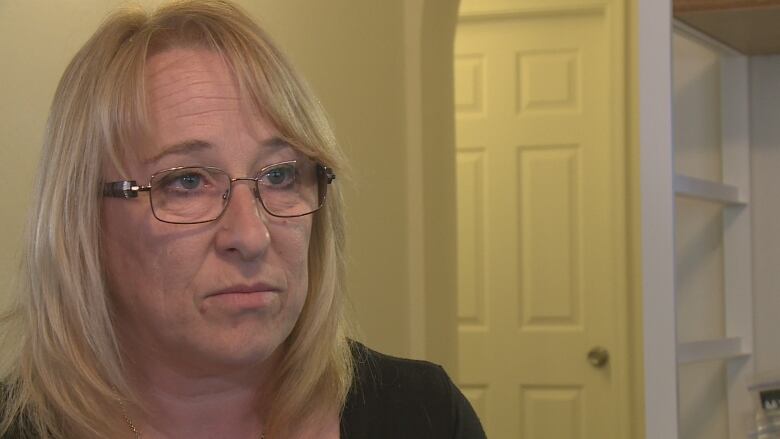A perilous balance: Government gives weight to privacy in response to child deaths
Advocates say children stand better chance of growing up if public is kept informed

The details were shocking.
A newborn baby stabbed in the heart, doused with gasoline and set on fire by his father, the person who was supposed to protect him.
The 2009 murder of Baby Russell inside a tiny cabin in rural Charlotte County prompted calls for more help for at-risk mothers and babies.
Then the case slipped out of the headlines.
Baby Russell was one of at least 53 at-risk children who have died from unnatural causes in the past two decades, a CBC News investigation has found.

But most of the committee's work happens in the shadows, leaving the public with few details about how vulnerable children are dying in the province.
It means the calls for change along with the anger and horror usually fade with time.
"It didn't seem like there was the kind of response to address that situation, to understand that killing to help us avoid such terrible situations in the future," said Green Party Leader David Coon, who was living in Charlotte County when the baby was killed.
"It just disappeared in a way. I feel like that's what the system is doing, is 'disappearing' child deaths."
A balancing act
Critics say the public should know more about New Brunswick's child death review system.
In addition to Coon, the Progressive Conservatives and the province's child and youth advocate have called for more transparency.
They want the government to be more accountable for what it does or doesn't do with the recommendations it receives after a child dies.
But the provincial government has resisted those calls, saying the law prevents it from talking about how children are dying.
"Wejust can't give that information out," Families and Children Minister Stephen Horsmansaid.He told CBC News that most child deaths have been "accidents."
How much should the public know about how children are dying? And how do you balance privacy with public interest?
Sherry Bordage sees the answer in her military background.

"If the Canadian Armed Forces can vet documents and release them to the public in order to release pertinent information that the public has a right to know, certainly the Department of Social Services can do the same."
Bordage believes the secrecy surrounding the child death review doesn't do her niece's memory justice.
How other provinces do it
Other provinces may provide a roadmap for change.
Bernard Richard was New Brunswick's first child and youth advocate. He has criticized the child and death review committee's structure, arguing the committee should report to an independent body instead of to New Brunswick's chief coroner.
Now British Columbia's watchdog for youth, Richard said there's "much more transparency" when a child in care in that province dies.
"If B.C. can make those kind of improvements, I would hope that New Brunswick can do so as well," he said in an interview.

The government lifted the publication ban, after the Edmonton Journal and Calgary Herald found the province was underreporting the number of children dying in care.
When Alberta child and youth advocate Del Graff investigates the death of an at-risk child, the public report includes details about what happened to that child. The report uses a pseudonym to protect the child's identity.
An annual report details how at-risk children are dying and the follow-up on Graff's recommendations much more information than is available in New Brunswick.
Graff said the public needs to know what led to a recommendation for change.
"When the public gets the context for the recommendations, they care much more about whether they're implemented," he said in an interview.
"They understand what the messages we're trying to convey to government are."
'Appalling' secrecy
When New Brunswick's child death review committee was introduced in 1997, politicians hailed it as a way to prevent another Jacqueline Brewer.
But opposition politicians say the committee isn't doing the job it was set up to do.
Both he and Dorothy Shephard, the Progressive Conservative critic for families and children say the public knows very little about child death reviews in New Brunswick.
Shephard admitted even she knows little about how the province's child death review system works.
"When the public knows more, and there's more interest garnered in the public, then things can change," she said.
She wants to see the child death review committee release an annual report and more detailed public reports after a child dies.
Coon suggested going a step further and having a committee of MLAs hold government to account on recommendations made by both the child and youth advocate and the child death review committee.
"Why are they hiding behind this veil of secrecy?" he asked. "It doesn't make any sense whatsoever.
"The recommendations have to be in context. We have to have a body that will act on them to ensure they're implemented. Otherwise, really, we've got an ineffectual child death review committee."
The Gallant government hasn't committed to making any changes to New Brunswick's child death review system.
In fact, Horsman said New Brunswick is leading the country in child protection.
"We're doing a lot of great work here, and you're bringing up stories that are 13, 20 years ago."
Jackie Brewer, the 2-year-old who was ignored to death
How New Brunswick's child death review system works
Part 2:The Lost Children: 'A child that dies shouldn't be anonymous'
Haunted byJuli-Anna: An 'agonizingly painful' preventable death
Part 3:The Lost Children: Change on horizon for First Nations child welfare
Mona Sock, a life stolen by abuse
Part 4:The Lost Children: Government weighs privacy over transparency in child deaths
Baby Russell: A few minutes of life, then a knife in the heart
Do you have a tip about this story? Get in touch with CBC New Brunswick Investigates by clickinghere.














_(720p).jpg)


 OFFICIAL HD MUSIC VIDEO.jpg)
.jpg)



























































































